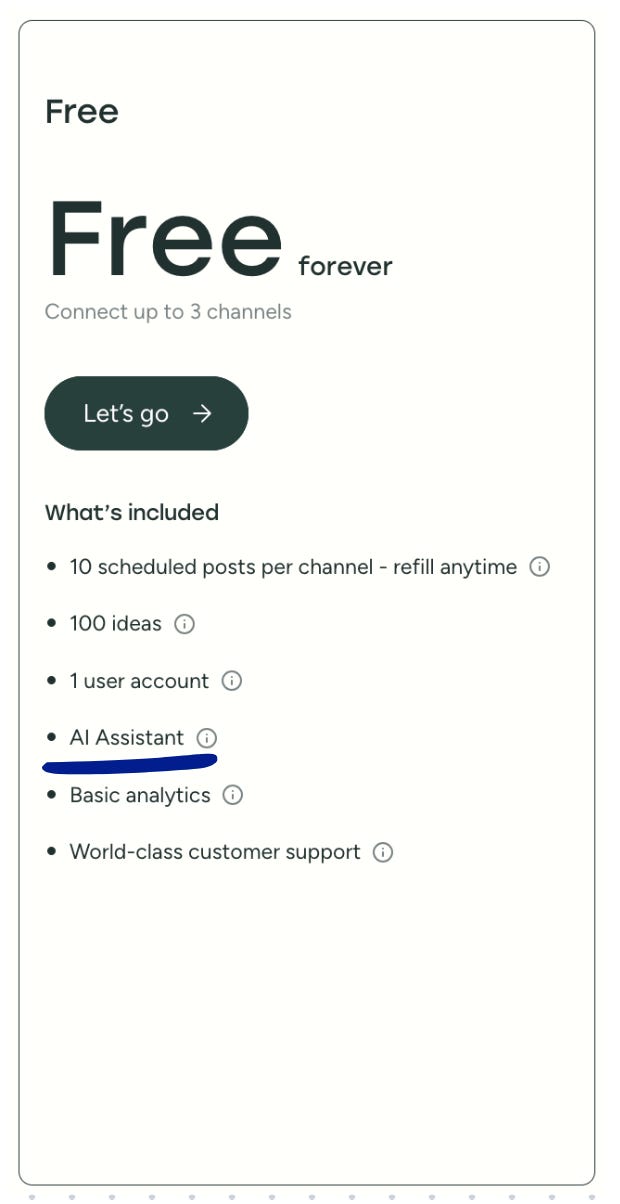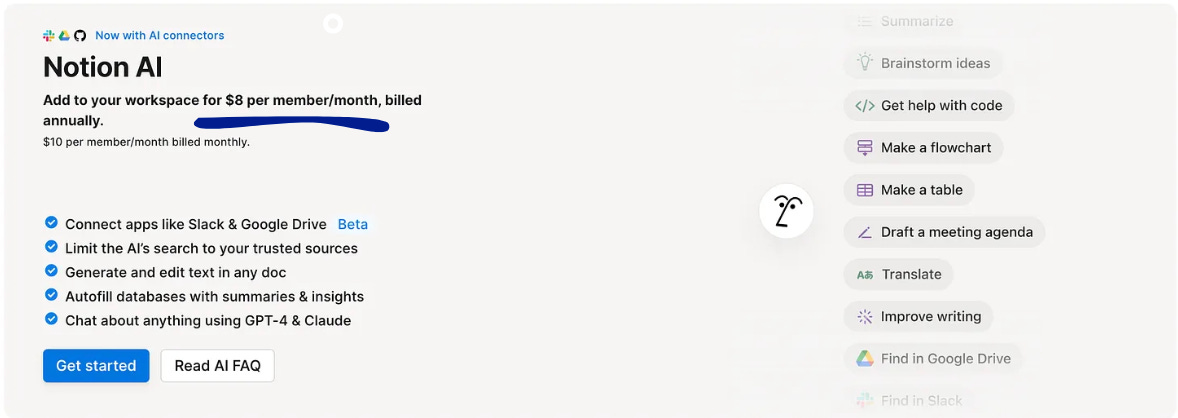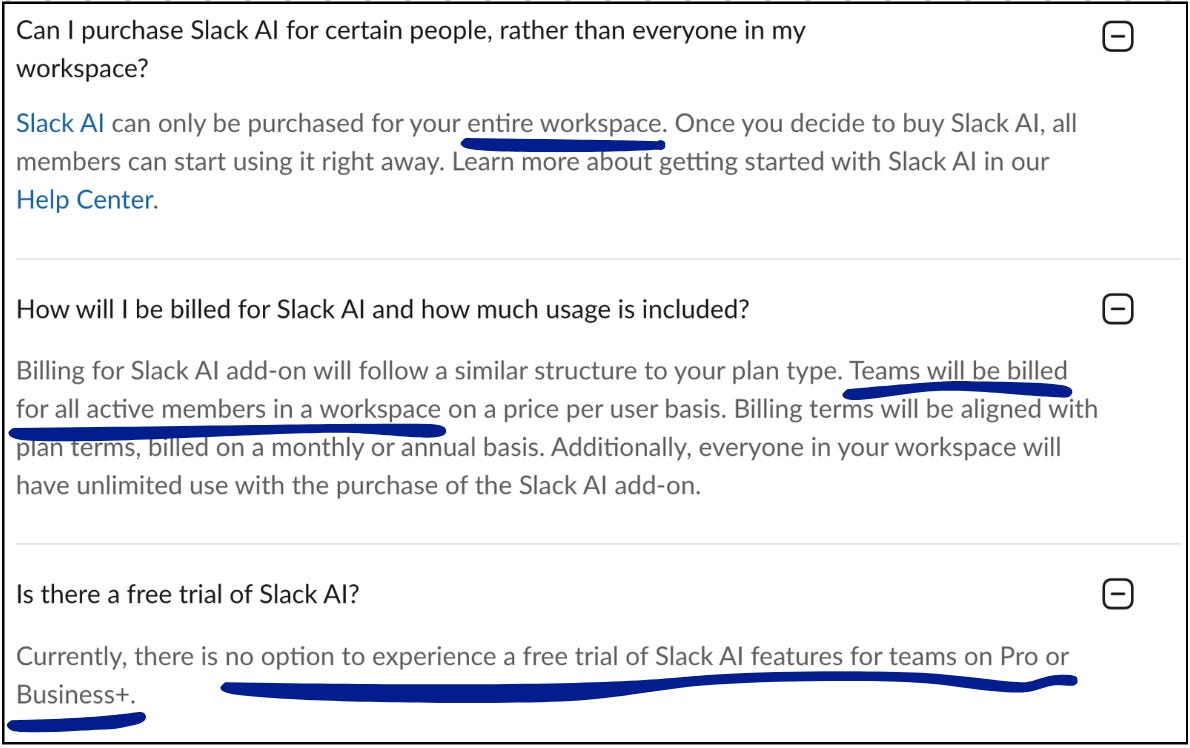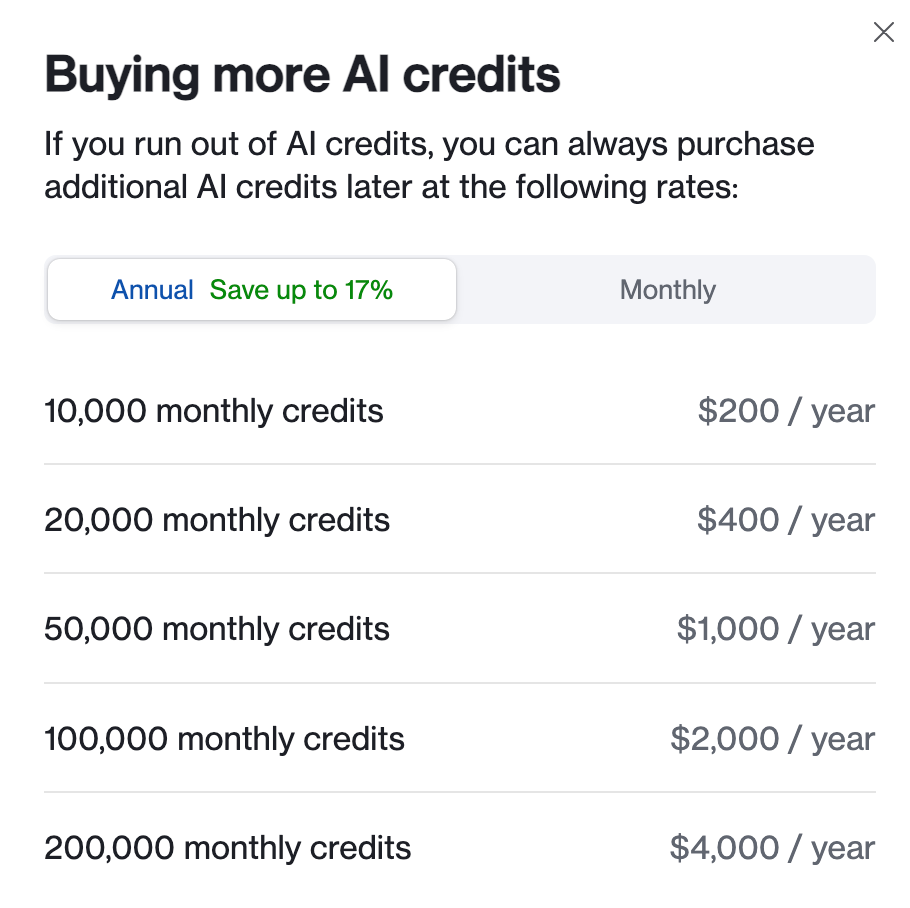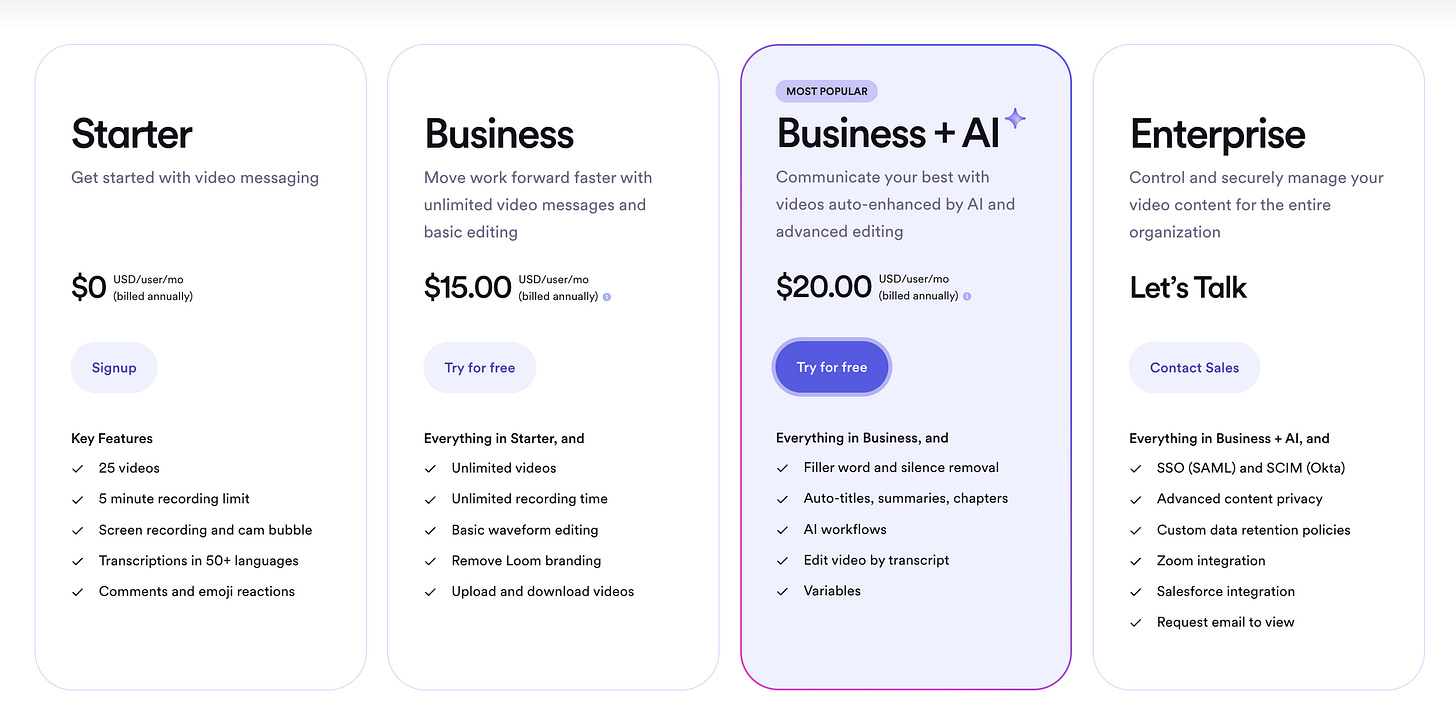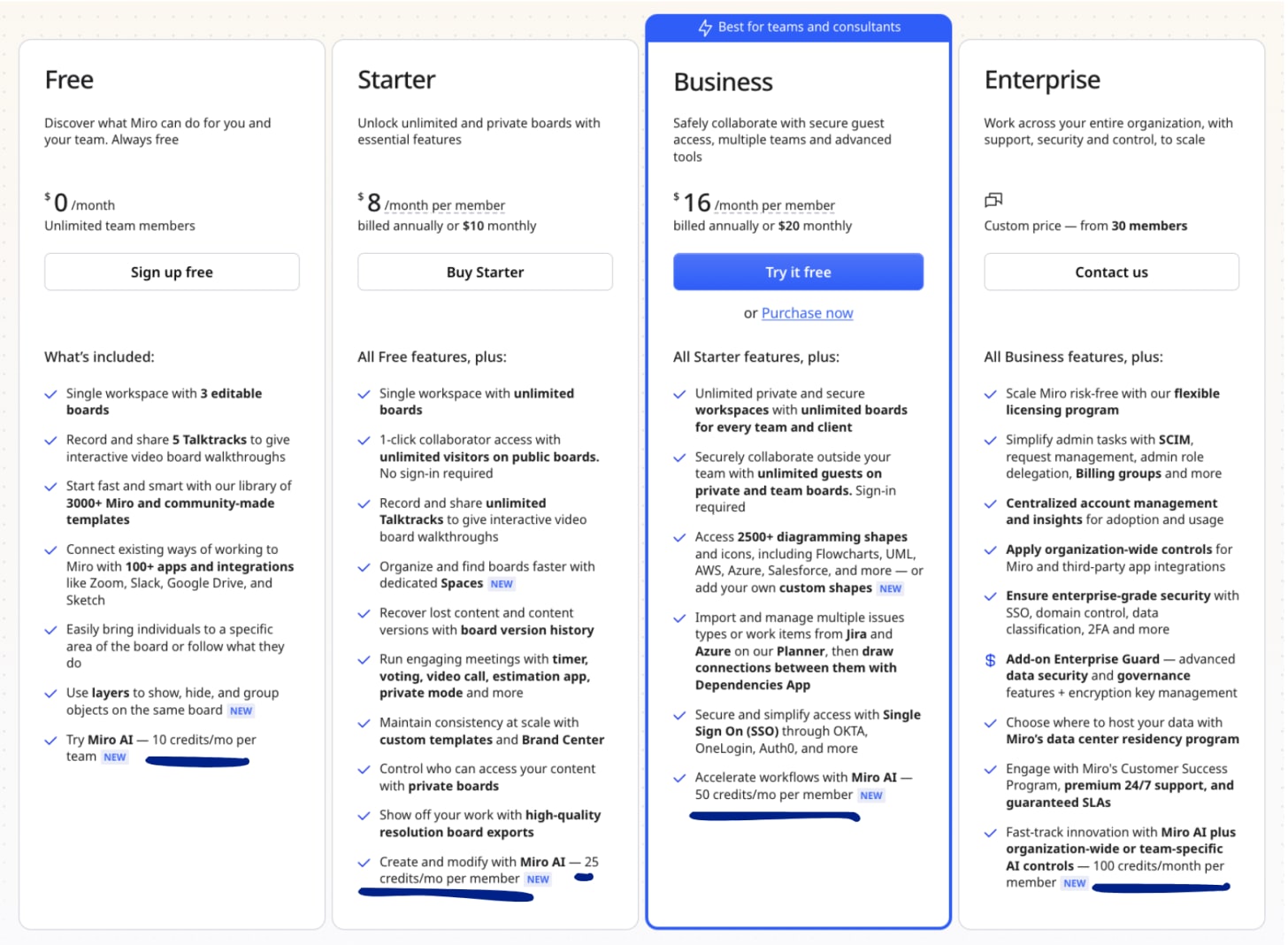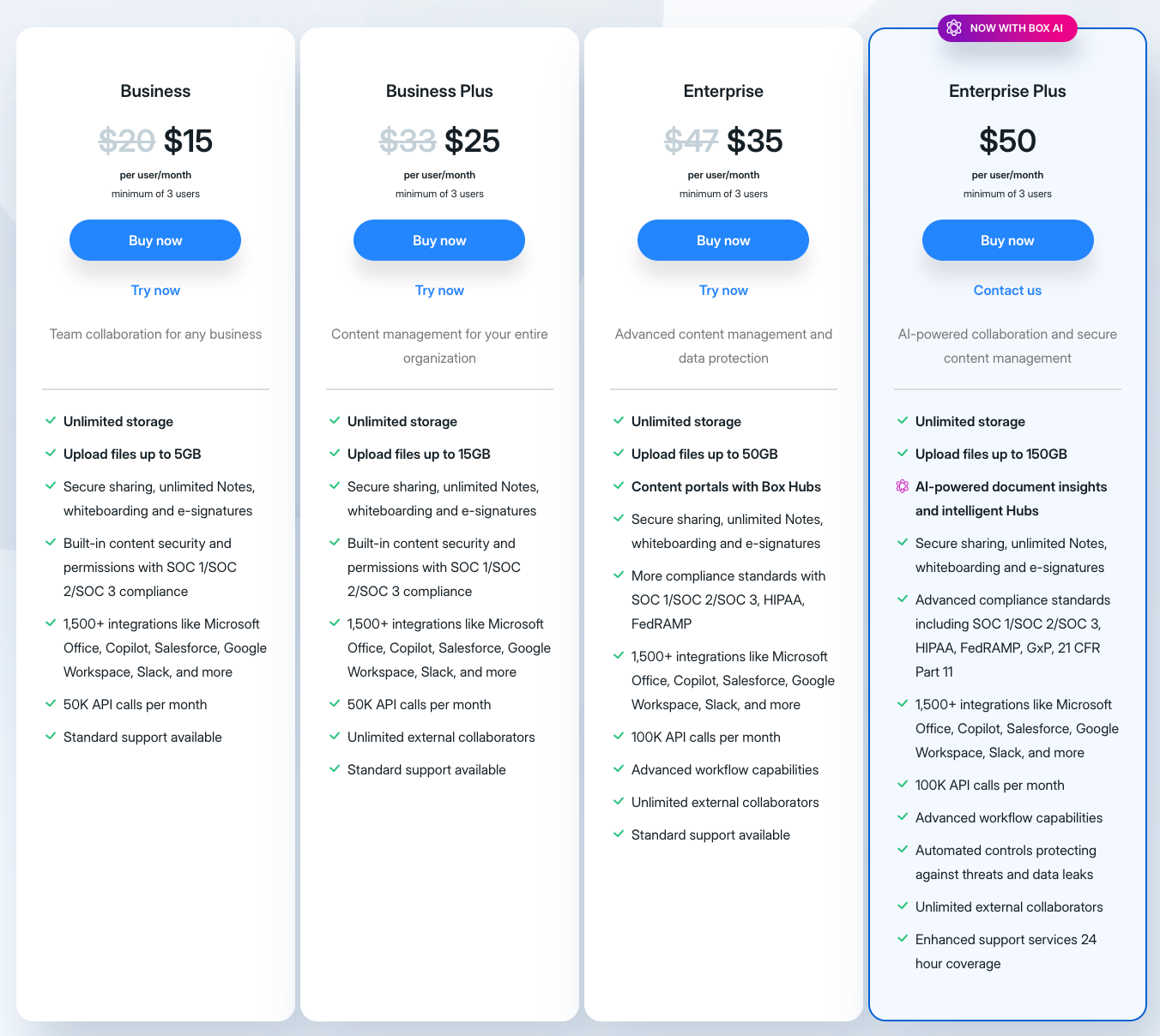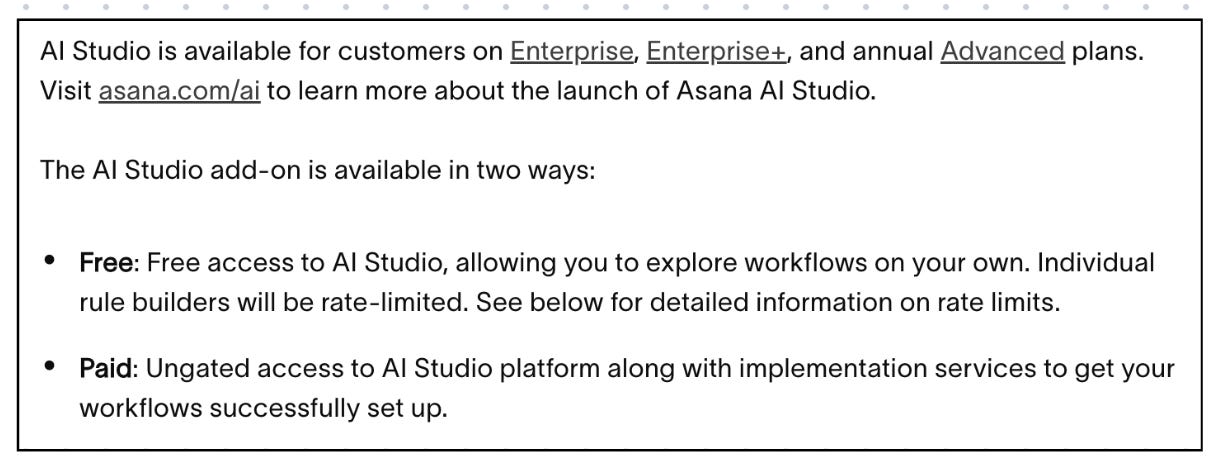Welcome back to Good Better Best!
Today, we’re sharing 10 ways to price and package AI for any customer. Before we get there — some news!
This week, we announced a long-term partnership with Willingness To Pay, a pricing consultancy for B2B SaaS. WTP is led by Ulrik Lehrskov-Schmidt. I found Ulrik through his book, The Pricing Roadmap. After reading it, I had two immediate thoughts:
This is the best book I’ve ever read about pricing.
I need to work with this guy if I ever get the chance.
Needless to say, I’m very excited to partner closely with Ulrik and the WTP team. Here’s the TLDR:
WillingnessToPay will become the exclusive consulting partner of PricingSaaS.
PricingSaaS will take over the WillingnessToPay community of 500+ pricing enthusiasts (big plans here).
WillingnessToPay will support PricingSaaS reports with commentary and live webinars, bringing expert analysis to our data.
WillingnessToPay will help develop the PricingSaaS research product (coming soon 👀).
Long story short, we’re building the first stop for SaaS pricing — a single destination where you can:
Track pricing news and trends to stay ahead of the curve
Find examples of pricing and packaging strategies you want to implement
Tap into a network of operators and experts that can help along the way.
Lots to come, but for now, join the community here and stay tuned!
On to today’s post.
10 Ways to Price and Package AI (for any customer)
We see hundreds of pricing changes every month. Below, we’ve collected 10 of our favorite examples of AI pricing from the past year, organized by the objective. Enjoy!
The Freemium Play
Buffer offers a free AI Assistant feature that lets free users create, refine, and repurpose content. Great play to drive usage among free users to (hopefully) drive free-to-paid conversion downstream.
The Free Trial
Intercom gives users of Fin AI Copilot 10 free tickets per user/mo. From there, they can upgrade to unlimited for $29/mo. Great way to let users test the functionality, but with tight limits that don’t cannibalize revenue.
The Personal Add-On
Notion offers an AI add-on to all users for $8/mo. Love this as an avenue to monetize free users that would otherwise be unlikely to upgrade to a paid plan.
The Workspace Add-On
Slack offers Slack AI across all plans, but requires it to be purchased for the entire workspace. This is a big monetization play — many customers will double their price by upgrading to Slack AI. There’s also no way to trial the features on Pro or Business+, suggesting they’re piloting with Enterprise accounts.
The Fixed Rate Usage Play
Algolia charges a flat rate for AI Recommendations across all plans. Smart way to let customers test this functionality at a low cost to see how much value it provides.
The Credit Model
AirTable uses a credit model for AirTable AI. The Free and paid plans have limits of 500 and 3,500 credits respectively, but AirTable also offers the ability to purchase additional credits in bulk.
The Premium Tier
Loom introduced a Business + AI plan between Business and Enterprise. Loom’s free plan has a video limit, so an add-on like Notion wouldn’t make sense (free users would still run out of videos). Because of that, differentiating AI value with its own tier makes sense to me.
The Tiered Usage Model
Miro offers AI across all plans with defined credit limits. Love this strategy as a way to drive upgrades among users that are seeing a ton of value in their AI features.
The Enterprise Play
Box offers AI exclusively in a new Enterprise plan called Enterprise plus. Great way to position AI as a premium feature that can drive value across the rest of their product.
The Controlled Rollout
Asana recently released AI Studio, but only to select customers on Enterprise, Enterprise+ or annual Advanced plans. This is Asana’s first crack at usage-based pricing, so the targeted offering makes sense before a wider rollout.
Thanks for tuning in and see you next week!
Have thoughts on this post? I’d love to hear them.




